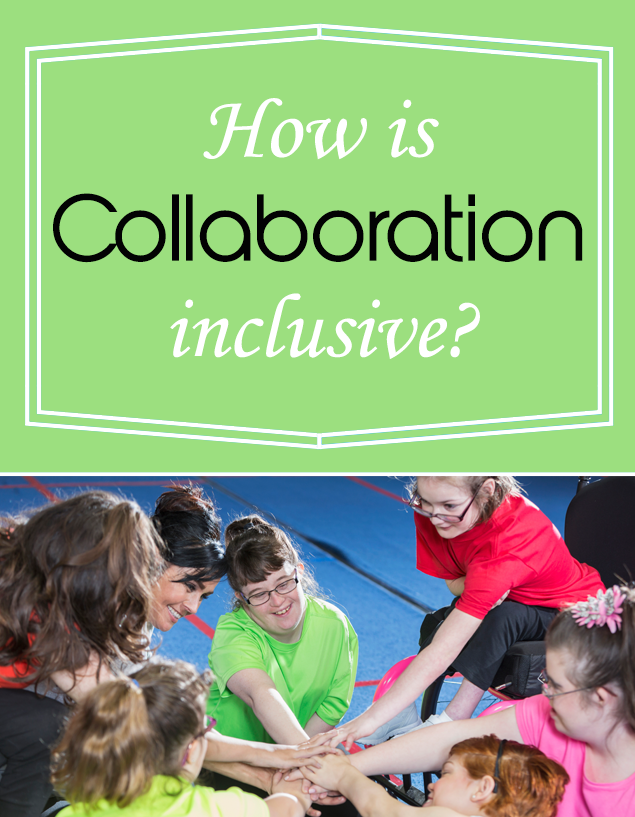How to Collaborate in the Classroom to Provide an Inclusive Learning Environment for Every Student?
Posted by Network Support · Leave a Comment
Use Collaboration in your classroom to provide an inclusive learning environment for all students. These 5 techniques will use cooperative teaching methods to provide for individual learning needs.
Classroom collaboration allows students to be educated in the least restrictive environment.
The Individuals with Disabilities Education Act (IDEA) requires that a continuum of placement options be available to meet the needs of students with disabilities.The law also requires that: “to the maximum extent appropriate, children with disabilities … are educated with children who are not disabled, and that special classes, separate schooling, or other removal of children with disabilities from the regular environment occurs only when the nature or severity of the disability is such that education in regular classes with the use of supplementary aids and services cannot be attained satisfactory.”
Thus, accommodating a child with specific needs is a continual process that involves each child’s collaborative team. The activities and materials used in most early childhood classrooms are designed to meet the needs of many children with or without disabilities. When they do not meet the needs of children, they can be adapted to accommodate a child’s individual needs. These adaptations are designed to assist children who are differently abled than the rest of the class. They allow children to use their current skills while promoting the acquisition of new skills. Instead of a child merely being present in the class, adaptations help a child to be actively involved.
Collaboration helps meet the needs of a special needs student with adaptations of materials or instruction. This helps to ensure children with learning disabilities get specialized instruction in a regular classroom. There are several ways to ensure students with special needs get the instructional support they require. Classroom collaboration provides options to allow students to be educated in the least restrictive environment. The following are 5 common collaboration techniques to improve learning:
1. The Lead Teacher Model
In classrooms with a lead teacher, often the regular classroom teacher delivers the lecture in the subject area. The special education teacher observes and works with children after instruction to offer specially designed instruction, ensure understanding, and provide adaptations and modifications when needed.
2. Stations or Centers
Students are divided into groups that rotate through the centers for instruction. Special education teachers may deliver instruction in areas of their certifications. They can involve students in activities that help overcome their difficulties.
3. Resource Services or Alternative Collaborative Settings
Students with special needs can work with a special education teacher for a few hours each day. Even when they attend full time in special education classrooms, teachers may communicate with each other to ensure the students’ programs include appropriate instruction. Separate settings are typically used with students who have more significant needs for direct instruction.
4. Team Teaching
This involves both special and general education teachers simultaneously working together to teach a classroom of students. The teacher who has the necessary background knowledge in the subject introduces new concepts and materials to the class. Both teachers work as a team to reinforce learning and provide assistance to students. Special education teachers provide specially designed instruction to students with learning disabilities and the regular education teachers can assist with this as well.
5. Consultation Model
A special education teacher may provide some instruction to students, but the majority of the service is indirect. The special education teacher mostly provides guidance to the regular education teacher about how to modify instruction to meet the student’s needs.
Like this article for teachers?
Browse the Professional Learning Board COURSE CATALOG to find related online courses for teachers in your state. Professional Learning Board is a leading provider of online professional development classes that teachers use to renew a teaching license or renew a teaching certificate.





